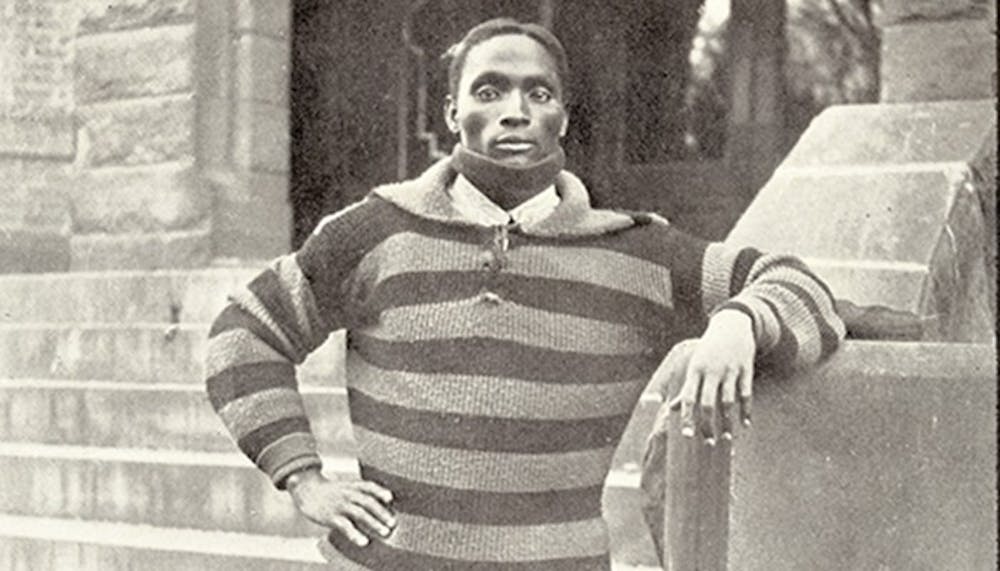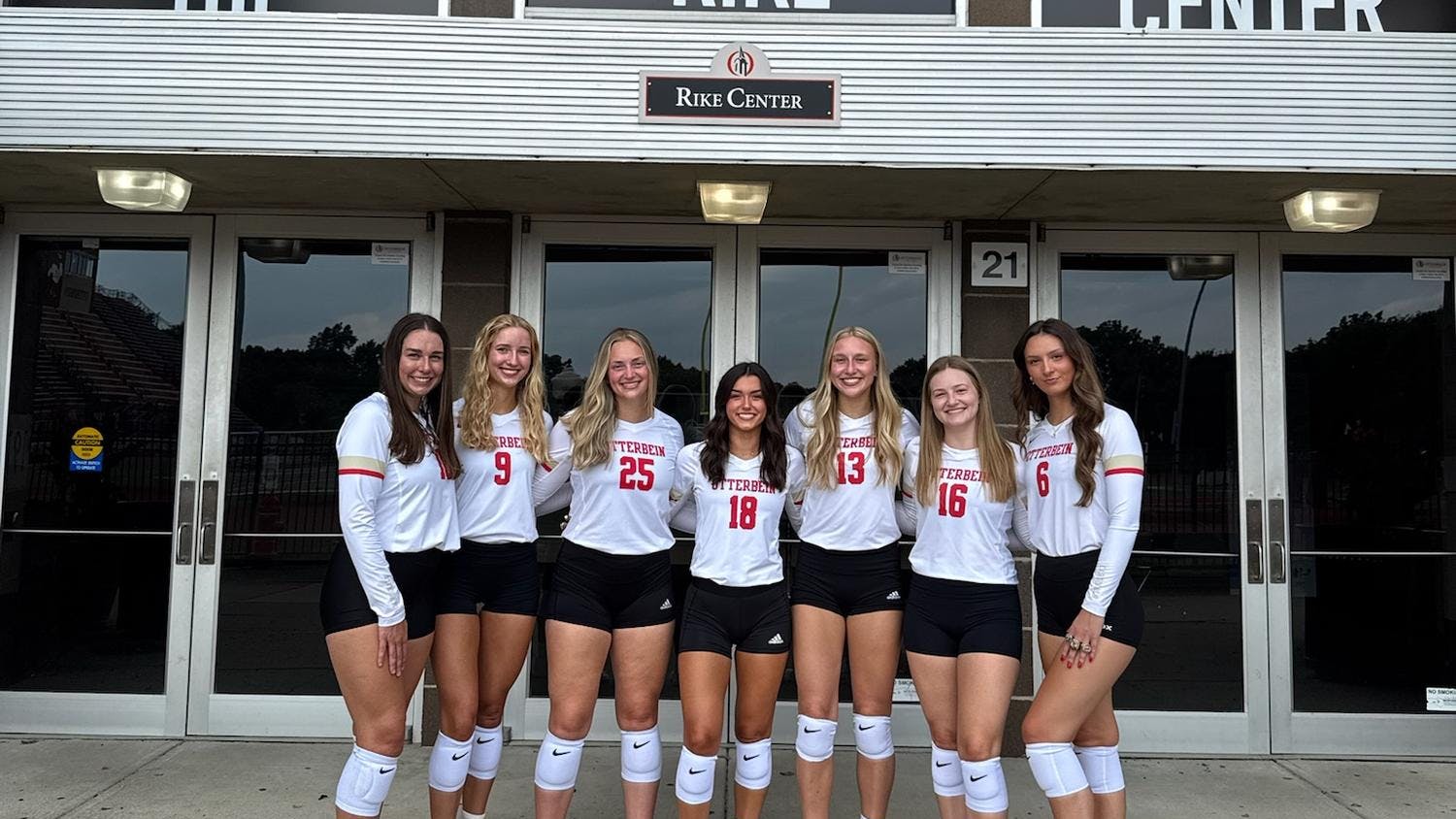While Otterbein is known as one of the first colleges in the United States to admit women, the information regarding the school’s first black students is blurred.
According to Otterbein archivist Stephen Grinch, after the Civil War period, there was generally more acceptance throughout the country regarding blacks, especially on Otterbein’s campus.
In honor of black history month, the following are accounts of the school’s first two black graduates.
William Fouse
William Henry Fouse enrolled at what was then Otterbein College in fall 1888. Among his white classmates, he was easily distinguishable as being different from the rest. He arrived as the only black student on campus.
“The abolitionists welcomed him with opened arms,” Grinch said.
Like most students during that time period, Fouse had to pay his way through school, according to Grinch. He worked at a nearby hotel, where his duties ranged from waiting on tables to shining customers’ shoes. When he was not working or studying, Fouse played the clarinet in the school’s band.
His parents, Squire and Martha Fouse, were both former slaves and didn’t attend college. However, they bought and resided in the Hanby House, located on West Main Street, a year after their son enrolled at Otterbein.
This house, once owned by professor and abolitionist Benjamin Hanby, served as a part of the Underground Railroad.
In 1893, William graduated with honors and became the first black student to graduate from Otterbein.
He continued his education and received a Master of Arts from the University of Cincinnati.
In 1940, William became the first black to receive an honorary doctorate. With his degrees, he became an educator, teaching in various states including Indiana, Kentucky and Ohio. He finally settled in Lexington, Ky., where he was the first principal for 24 years at Dunbar High School, an all-black school. He also became supervisor of black schools in Lexington, according to uky.edu.
While in Kentucky, William introduced the Penny Savings Bank Plan in schools. It was a way for the black community to receive loans and use banks without encountering racism or higher interest rates, according to nps.gov. He also organized the Bluegrass Oratorical Association as well as the Bluegrass Athletic Organization.
William died June 19, 1944. In the late 1980s, the House of Black Culture was named in his honor.
Joseph Caulker
Royalty presented itself just three years after William Fouse’s graduation, when Joseph Hannibal Caulker, a prince from Sierra Leone, Africa, enrolled at Otterbein College.
Through the connection of Otterbein and the United Brethren, many citizens and ambassadors from Sierra Leone were able to come to the university and receive a college education.
While at Otterbein, Caulker was involved in numerous campus activities.
He was a member of the glee club, volunteer band and was president of the Christian Endeavor Society.
Caulker became an accredited orator, winning second place at a statewide oratorical competition. He also became a legacy-leaving athlete, setting the school record in the 100-yard dash at 10.25 seconds.
After dying in 1900 from being badly burned when trying to light a fire with coal oil, Otterbein’s first school yearbook, the Sibyl, was dedicated in Caulker’s memory.








